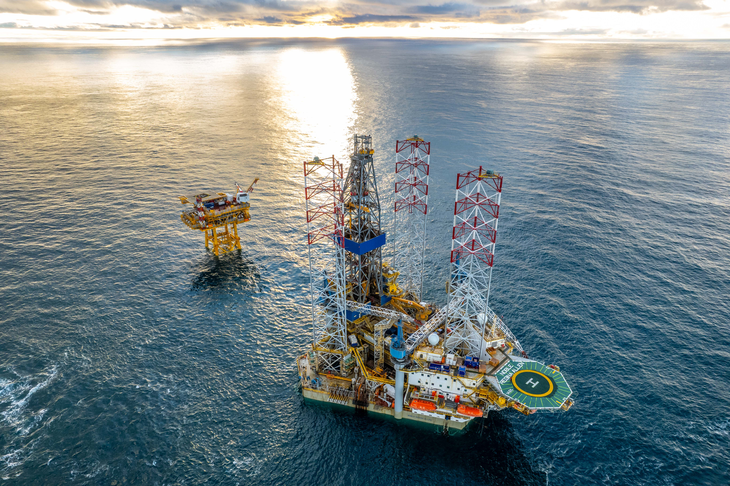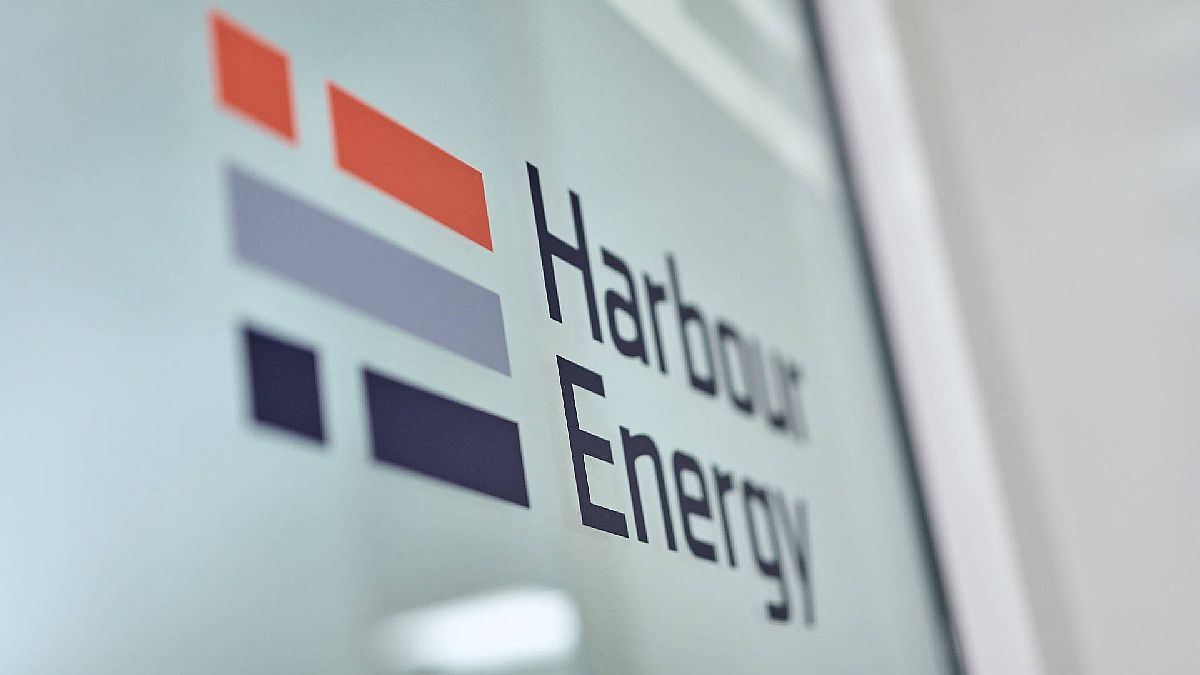As reported Harbor through a statement sent to Energy Report, the agreement signed last Friday with PAE and Golar was to acquire a 15% share in the proposed development of the first LNG export project in Argentina, which will include the installation of a floating liquefaction ship off the coast of Black Riverto produce Liquefied Natural Gas destined for export markets.
With this acquisition, the amount of which was not disclosed, PAE retains -for now- 55% of the Southern Energy firm; Pampas 20%; Harbor 15% and Golar 10%. Taking into account that the Bulgheroni will maintain majority control of the company, YPF will have up to 4% left to acquire in the coming weeks.
What the PAE LNG project is about
He project led by Pan American Energy will allow export 11.5 million cubic meters per day of natural gas. Through an investment of 2.9 billion dollars in the next 10 years, and which is expected to reach almost 7 billion dollars Throughout its useful life, the project will allow the installation and operation of the Golar LNG “Hilli Episeyo” liquefaction vesselcontracted by Southern Energy, to bring it to the San Matías Gulf, on the coast of Río Negro.
The ship will be supplied with natural gas using the existing infrastructure and capacity of the system in the months of lower demand, with the ultimate objective of operating all year round, through investment in new infrastructure.
As revealed Energy Report, with the first stage of the project PAE, Pampa, Golar and now Harbor They expect to generate exports of US$750/US$800 million annually. But they are already thinking about the second, which would imply an additional investment for the construction of a dedicated gas pipeline of more than 600 km direct from the heart of Vaca Muerta to the San Matías Gulfbetween the towns of Sierra Grande and San Antonio Oeste, with which exports could be generated that would exceed the US$1 billion a year, with LNG sales all year round.
As estimated PAEwith this initiative more than 600 new jobs direct and indirect, predominantly local originduring the construction phase. Meanwhile, in the operation stage, around 850 jobs directly and indirectly.
The project was presented at the Incentive Regime for Large Investments (RIGI)which represents a key factor for the competitiveness of the project in the global LNG market. As this media learned, the initiative was noted in the Regime as ““Long-Term Strategic Export Project”according to the specification of the Base Law and regulatory decree 749/2024. According to PAE, they estimate operations for at least 20 years.
Harbor Energy landed in Argentina with offshore and LNG
Harbor Energy was created in 2014 and has since become one of the largest and most geographically diverse independent oil and gas companies in the world. The multinational has its headquarters in London and today it has some 5,000 employees and contractors in their operations and offices.
Harbor Energy
Currently, Harbor produces between 475,000 and 485,000 barrels of oil equivalent per day, with significant production in Norway, the United Kingdom, Germany, Argentina and North Africa. But it also already has operations in Argentina.
Last September the German Wintershall Dea transferred his oil and gas operations harbour, sale operation that included production and development assets around the world and the exploration and exploitation rights in unconventional areas of Dead Cow and offshore off Tierra del Fuego.
Phoenix project offshore drilling platform and rig

That agreement was reached with the signatures BASF and LetterOne, the majority shareholders of the German company, and creates one of the largest independent producers in the world.
One of the offshore projects it acquired Harbor in the country was the recently inaugurated Fénix offshore gas project, led by the French TotalEnergies off Tierra del Fuego and? Energy Report visited before entering into operation.
Fénix will provide 10 million cubic meters for at least 15 years, which will mean increasing the country’s total gas production by 8%, equivalent to 70,000 barrels of oil per day.
Fénix project offshore wells
“Harbor benefits from competitive production costs and wide margins, along with diverse growth options, including nearby infrastructure opportunities in Norway, unconventional scalable opportunities in Argentina and conventional offshore projects in Mexico and Indonesia,” he highlighted.
“With a low intensity of GHG emissions and a leading position in CO2 storage in Europe, Harbor remains committed to producing oil and gas safely and responsibly to help meet the world’s needs.“, concluded the English company in the statement.
Source: Ambito




